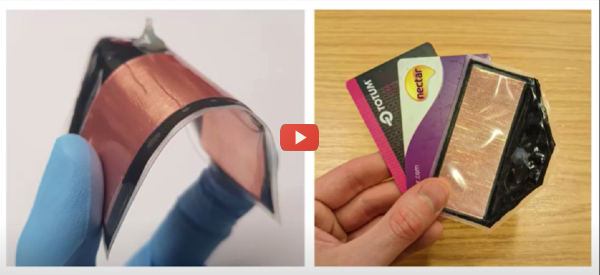Soft robots and powered prosthetics need artificial muscles to power their movement. A new approach makes thin and flexible muscles possible
Human muscles are flexible, stretchable, and can conform to different shapes. Most robots rely on rigid actuators such as motors and pistons that are neither flexible nor stretchable. Researchers at the University of Bristol have come up with a clever design that creates artificial muscles that could even be incorporated in smart garments. They rely on electrostatic forces to attract or repel two panels. This motion creates a small air pump that can be used to inflate or deflate soft components. The motion can be controlled in terms of both the speed and the force of the movement. The muscles even can be used to control partial movement precisely, such as moving an arm halfway. They run silently using electricity, making them suitable for robotics or powered prosthetics. They also could be used in smart garments to provide a power assist to the wearer’s own muscles.


